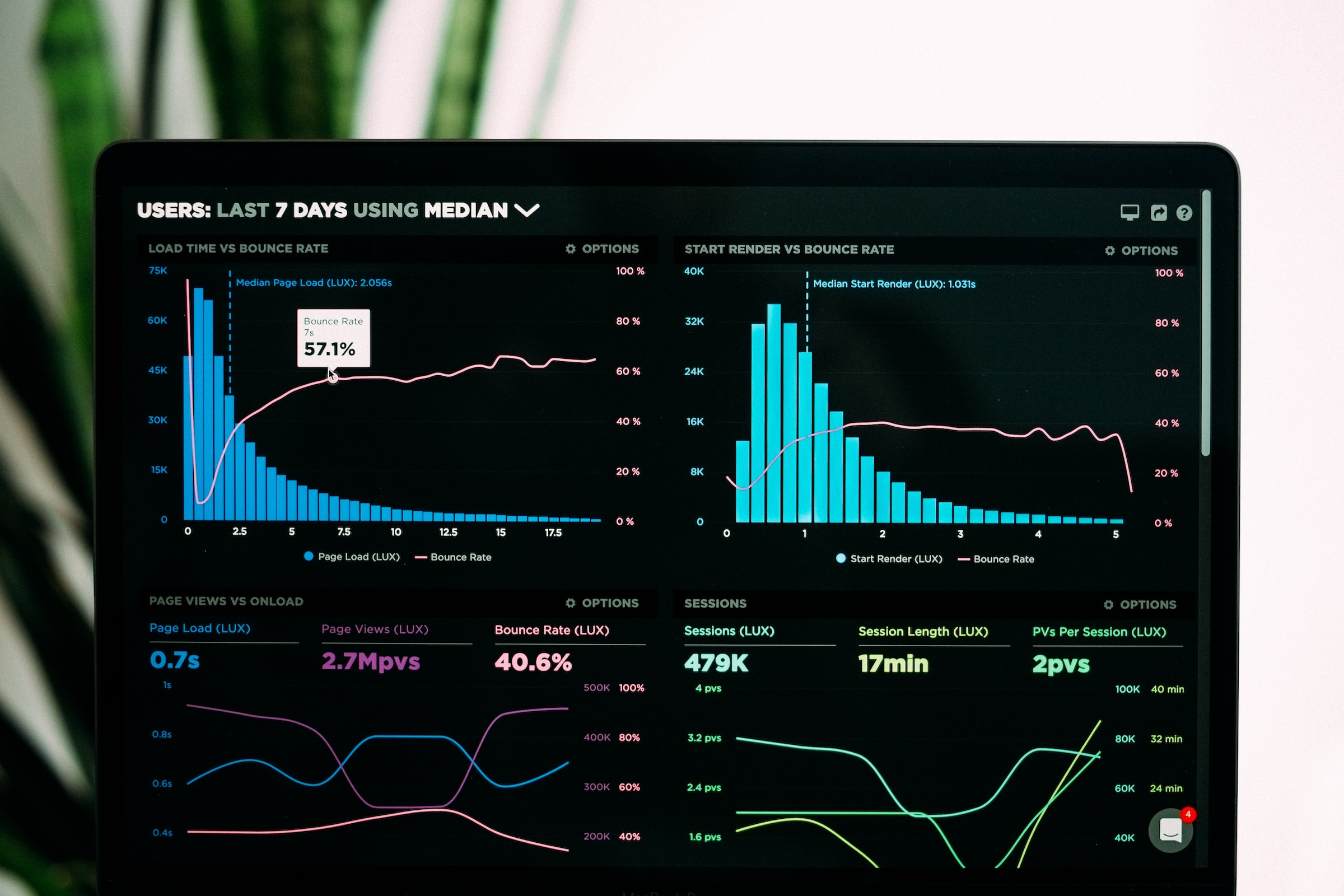5 Practical Ways to Use Your CRM to Supercharge Customer Retention

Customer retention is paramount in a very competitive business landscape. Studies consistently show that keeping existing customers costs significantly less than acquiring new ones. That’s where your Customer Relationship Management (CRM) system comes into play.
A well-utilized CRM can provide valuable insights into your customers’ buying behavior and preferences, enabling you to tailor your strategies for maximum customer retention.
This article will explore five powerful ways to leverage your CRM to enhance customer retention and boost your bottom line. Let’s get started.
Understanding Customer Behavior
Understanding customer behavior is crucial because it lets you anticipate their needs, preferences, and potential pain points. It empowers you to tailor your products, services, and communications to meet their expectations effectively.
The foundation of effective customer retention lies in understanding your customer’s behavior and preferences.
Your CRM is a treasure trove of data waiting to be tapped. It tracks customer interactions, purchase history, and engagement levels, allowing you to understand what makes your customers tick deeply.
By analyzing this data, you can identify trends, such as the products or services that resonate most with your customers, their preferred communication channels, and their typical buying cycles.
Businesses that understand customer behavior through CRM data can provide personalized experiences, resulting in higher customer satisfaction and loyalty. In contrast, those who don’t may deliver generic experiences that lead to customer churn.
To adopt this tip effectively, regularly analyze CRM data to identify trends and patterns in customer behavior. Implement predictive analytics to anticipate future behavior and train staff to interpret and act on customer insights.
Segmentation for Personalization
One-size-fits-all marketing rarely leads to stellar customer retention rates. Your customers are a diverse group with varying needs and preferences. Segmentation allows you to categorize customers based on similarities, making providing relevant and personalized experiences easier.
CRM segmentation allows you to categorize your customers into distinct groups based on demographics, purchase history, and engagement levels. With these segments in place, you can create highly targeted and personalized marketing campaigns that resonate with each group.
Businesses that segment their audience can create tailored marketing campaigns that resonate with specific customer groups. Without segmentation, marketing efforts tend to be less targeted and effective.
To adopt this tip, define clear customer segments based on demographics, behavior, and preferences. Utilize CRM software to automate the segmentation process and craft personalized messaging and offers for each segment.
Automation for Timely Engagement
Automation is a game-changer when it comes to customer retention. Your CRM can automate various aspects of customer engagement, ensuring you stay top-of-mind with your customers without requiring constant manual effort.
For instance, you can set up automated email campaigns that send customers birthday wishes and exclusive offers on their special day. You can also automate follow-up emails after a purchase, asking for feedback or offering complementary products.
Automation ensures timely and consistent customer engagement, reducing the risk of them slipping through the cracks.
Businesses that use automation can maintain regular contact with customers, increasing brand recall and customer satisfaction. Those without automation often need help to provide timely communication.
To adopt this tip:
- Identify customer touchpoints where automation can enhance engagement.
- Implement automated email campaigns for special occasions and post-purchase follow-ups.
- Monitor and refine automated processes for maximum efficiency.
Personalized Recommendations
Personalized recommendations demonstrate that you value your customers’ preferences, making them more likely to return for future purchases. One of the most effective ways to retain customers is by offering them products or services that align with their interests.
Your CRM can use predictive analytics to make personalized recommendations based on a customer’s past behavior and preferences. For example, suppose a customer frequently purchases outdoor gear.
In that case, your CRM can suggest related items such as hiking boots or camping equipment.
Businesses offering personalized recommendations can increase cross-selling and upselling opportunities, driving higher revenue. Those needing more personalization may miss out on these additional sales.
To adopt this tip:
- Use CRM data to analyze customer preferences and past purchase history.
- Implement recommendation engines or algorithms to suggest relevant products.
- Train sales and customer service teams to make personalized recommendations during interactions.
Feedback Collection and Action
Customer feedback is invaluable for improving your products, services, and overall customer experience. Your CRM can facilitate feedback collection through surveys, reviews, and direct communication channels.
It can then organize and analyze this feedback, providing actionable insights into areas needing improvement.
Collecting and acting on feedback allows businesses to address customer concerns, improve their products/services, and demonstrate a commitment to customer satisfaction.
Businesses that actively seek and act on feedback can resolve issues promptly, leading to higher customer satisfaction and loyalty—those neglecting feedback risk unresolved problems and dissatisfied customers.
To adopt this tip:
- Utilize CRM tools to gather customer feedback through surveys, reviews, and direct communication.
- Analyze feedback to identify recurring issues or opportunities for improvement.
- Implement changes based on feedback and communicate these improvements to customers.
Conclusion
Your CRM is more than just a data storage system; it’s a powerful tool for enhancing customer retention.
By understanding customer behavior, segmenting your audience, automating engagement, providing personalized recommendations, and actively seeking and acting on feedback, you can use your CRM to create a customer retention strategy that keeps your clients coming back for more.
A well-utilized CRM can be the key to long-term business success in a competitive marketplace.
Learn more about how to use CRM to supercharge your sales and marketing. Talk to us. Book a FREE demo below with our experts.
Curious how digital ecosystems can help improve your business?
Check out how digital ecosystems can boost your company performance by getting started here.
Book a Demo